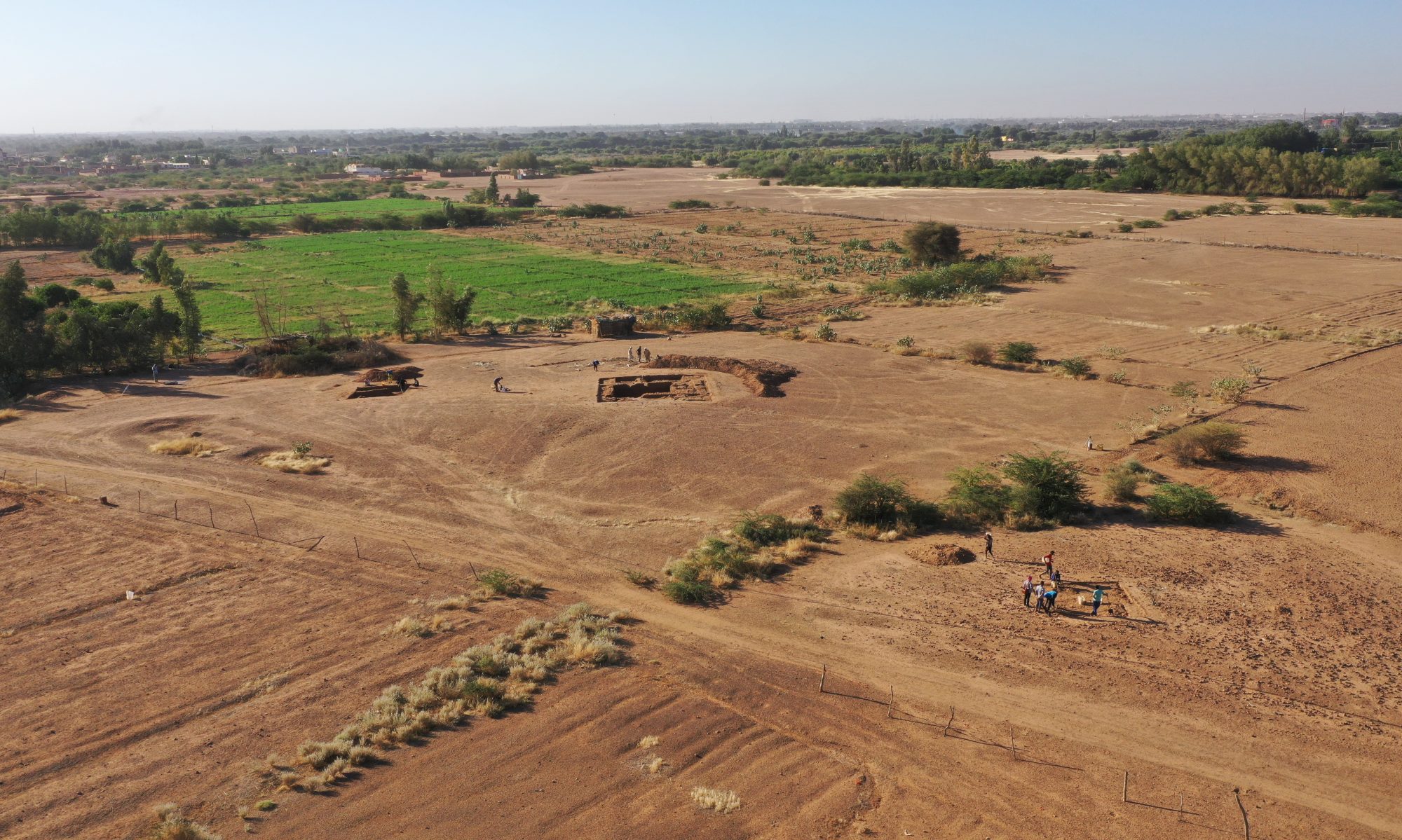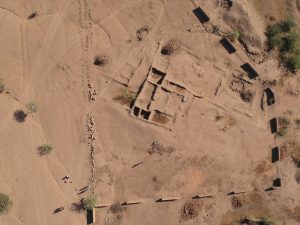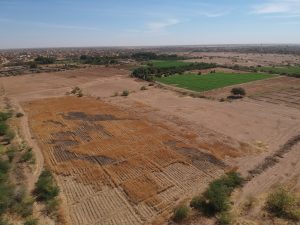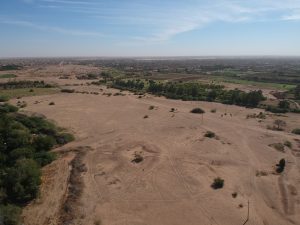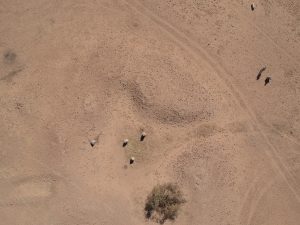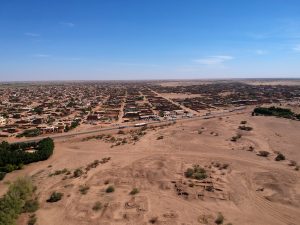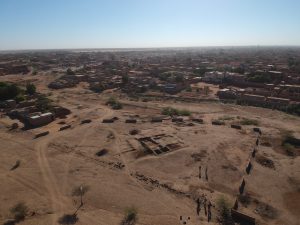Nubia lies on the southeastern outskirts of Sahara, where green and fertile Nile valley cuts the desert. Nowadays, this is the territory of southern Egypt and Sudan. In the medieval period, three kingdoms existed in the region: Nobadia with the capital in Faras, Makuria with the capital in Dongola and Alwa with the capital in Soba. Those cities, located on the banks of the rivers, were the heart of each kingdom. Large and impressive buildings were erected there by royal families and high ecclesiastical officials. The capitals constituted centres for secular and church administration. People from the farthest corners of the kingdom were attracted to the main city. One could meet there merchants from foreign countries, travelers, emissaries, spies, and adventurers. In the capitals, trade and local production of luxury goods flourished. Monasteries were founded on the outskirts of the cities, and various churches were built in its districts.
One of the medieval Arab travelers described Soba as a city with fine houses and large monasteries, churches with rich furnishing and beautiful gardens. It was a multi-ethnic metropolis, the bishopric see and the house of the royal family. Unfortunately, over the centuries the city fell into ruin. In the 19th century, buildings of the abandoned and ruined Soba were demolished and the bricks were used to build the new capital – Khartoum. In the 20th century, a few archaeologists conducted research there, discovering traces of monumental buildings as well as unique and original artifacts, such as the funerary stela of the previously unknown King David or items originating from the Mediterranean and from the Far East. It was estimated that the remains of Soba cover an area of about 275 hectares. To date, only 1% of this area has been investigated in detail.
The aim of the project is to recognise the spatial organisation of the medieval capital in Soba. We want to trace the city layout, its subdivisions and understand how they were organised. We will look for the royal district, as well as houses of both rich and the poorest residents of the city. We will identify production areas (if there were any) such as ceramic or metallurgical workshops, manufacturing everyday items and luxury goods. We will explore the network of roads and open spaces such as squares or cemeteries. Currently, most of the area of the former capital is occupied by modern houses and fields. The central part of Soba is a protected zone, although no traces of old buildings are visible on its surface. Small artifacts that once served the residents of the capital are scattered throughout the entire area. Architectural remains of the city are still there, however, hidden just below the sand.
To reach our objective, we will combine state-of-art research methods used by archaeologists, ethnologists, and geophysicists. Archaeologists will be looking for any trace that can be linked to the residents of the capital. Geophysical surveys will allow registering magnetic anomalies occurring under the surface, in all available places for research. Linear and regular anomalies in most cases result from the presence of ancient walls and buildings, so a map of magnetic anomalies will be the base for discussions and research tracing the layout of streets, houses, public buildings and various districts of Soba. The ethnologist will visit contemporary residents and talk with them about the remains of the past which can be found throughout the surrounding area. It might happen that during everyday work in the fields or in the surroundings of their homes, the inhabitants came across various traces of the past. Information obtained from all of the sources will be combined and compared, allowing us to start a debate on the spatial organization of Soba.
The research team will be composed of specialists from the following institutions: the Polish Centre of Mediterranean Archaeology University of Warsaw, the Institute of Archeology and Ethnology, Polish Academy of Sciences, the University of Neelain, the National Corporation for Antiquities and Museums of Sudan, the University of Silesia and Historic Environment Scotland. The team will include specialists in archaeological geophysics, medieval architecture as well as specialists of pottery, glass finds, epigraphy, organic materials, metal objects, and art of Nubia.
Research in Soba can bring extremely interesting information about the spatial organization of the former capital. It is one of the most important archaeological sites in Sudan and past research provided artifacts that prove the high skills of local craftsmen, and also testify to the long-distance trade and contacts. Progress and results of the project will be regularly sent to international scientific journals, and at the end of the project, a monograph describing in detail all the findings will be published.
